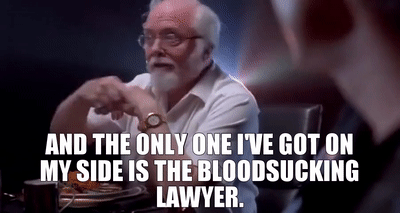This has nothing to do with fires. Nothing whatsoever.
I don't think you can blame people for making that connection, although I agree that the discussion muddles reasoning.
attempted to turn the range loss issue into a fire issue
While several strong arguments / explanations have been presented, I think the link to fires specifically could have benefitted from more openness on Tesla's part.
Even the Model 3/Y BMS uses the same tried and true algorithms.
I've read posts suggesting 3 / Y BMS is either simpler, technically more advanced, smarter design than S / X, but also that in some ways it is less sophisticated in its algorithms and doesn't work the same way. Which is the case? Any links to what you think represent accurate info?



